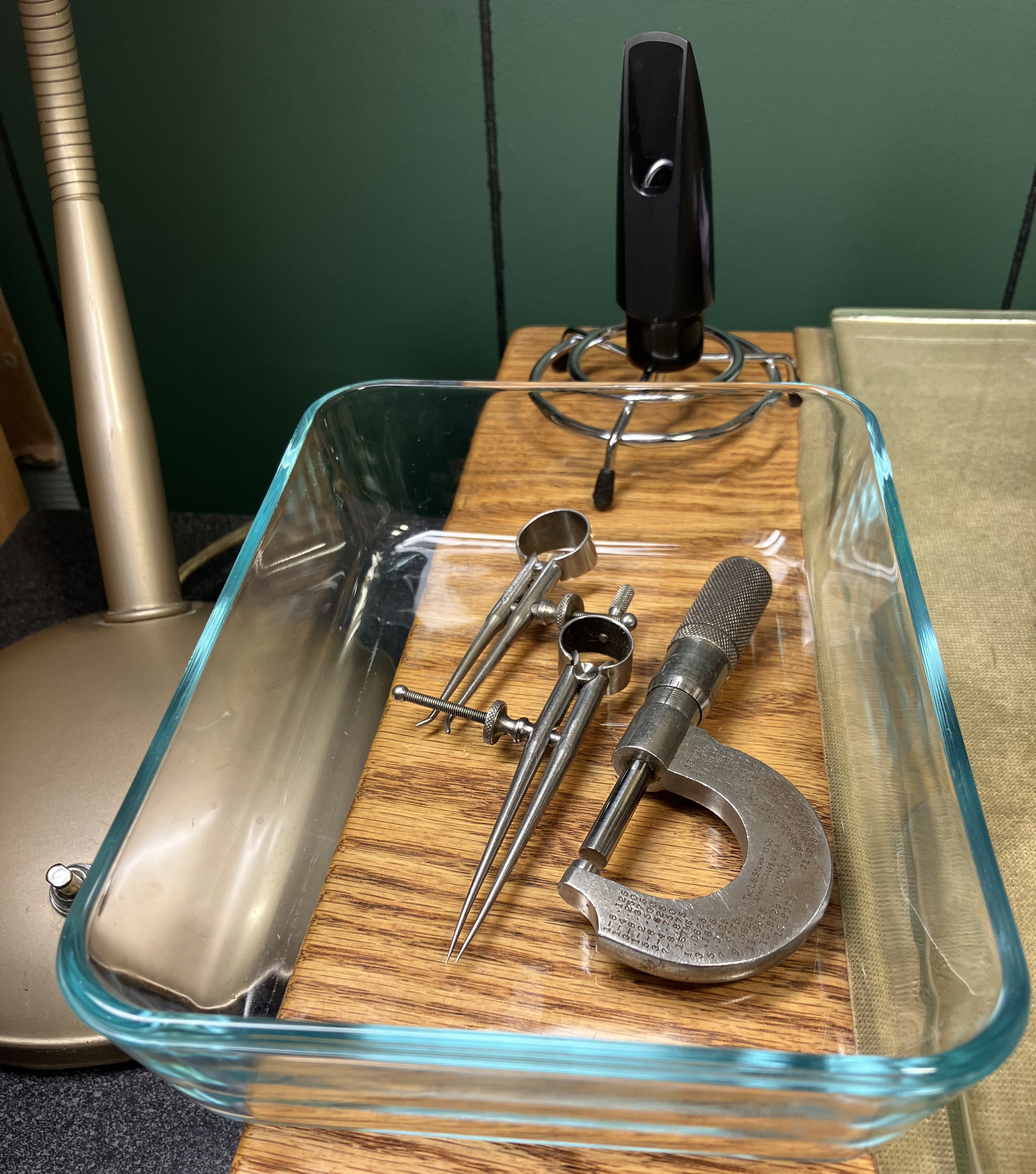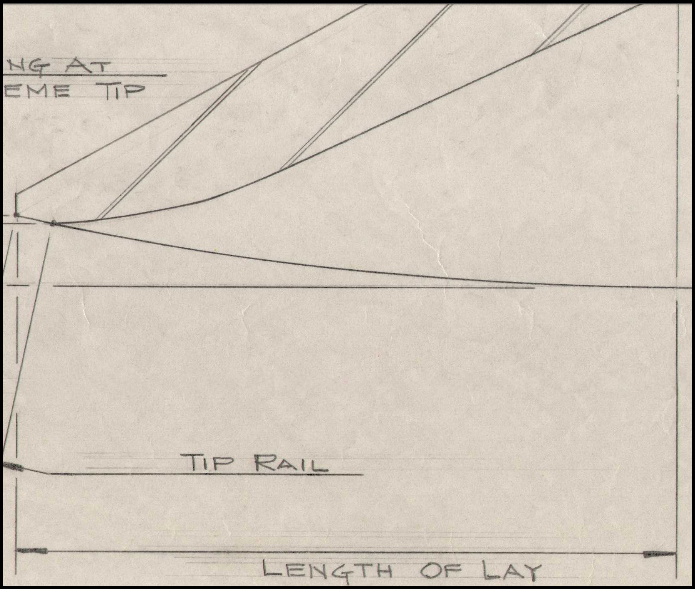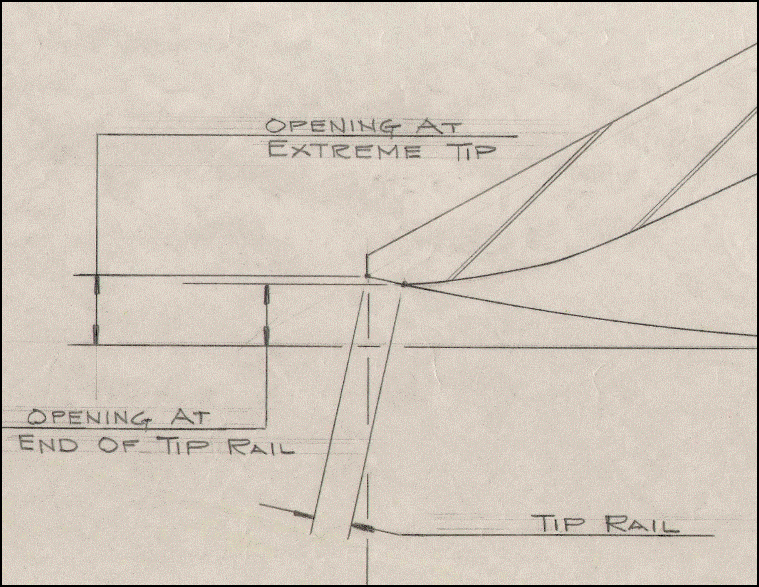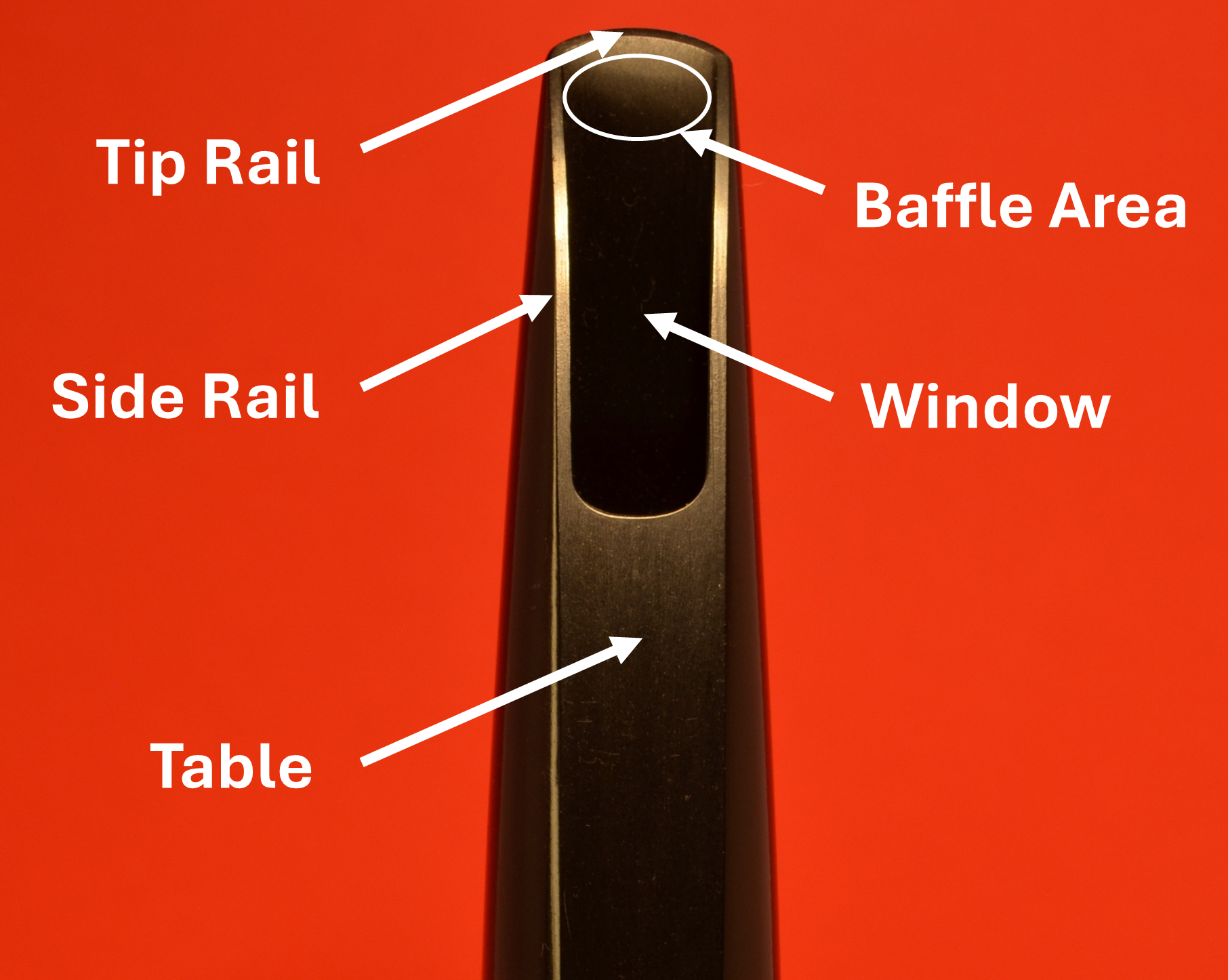Emil Anello conducted numerous mouthpiece clinics around the country where he discussed the fundamentals of saxophone and clarinet mouthpieces. The information contains his advice on a variety of mouthpiece topics, including basic terminology, mouthpiece materials and design, facing considerations, shopping and caring for a mouthpiece. Notes and schematics compiled from Emil Anello clinic presentations.

Plastic mouthpieces are considered thermoplastic.
The application of heat DOES NOT change the molecular structure of plastic, but merely allows it to be shaped, temporarily, into a plastic shape.
Hard rubber is considered a thermosetting material, where applying heat (as in molding) PERMANENTLY changes the molecular structure of the material. The resulting form is a fixed endpoint.
Because of their temporary nature, plastic mouthpieces have what is known in the industry as plastic memory.
Over time, the material slowly reverts to its original state - the shape before it "became a mouthpiece". This causes constant disruption of the original facing.
With plastic mouthpieces, warping is common and causes squeaking and tonal imbalances between registers.
Plastics have a higher coefficient of expansion and contraction.
Plastic Mouthpieces are highly sensitive to differences in surrounding temperatures.
This extreme sensitivity to even modest temperature differences causes intonation problems.
Definition: The shape of a curve from the flat of the table to the extreme mouthpiece tip. It is widely accepted that the arc is formed from a perfect circle. Various measurements along the length of lay are sometimes used for those with special desired effects.
All Anello Brand Mouthpieces are finished with regular length of lay.

Length of Lay - Emil Anello Blueprint


Opening at Extreme Tip vs. Opening End of Tip Rail - Emil Anello Blueprint
